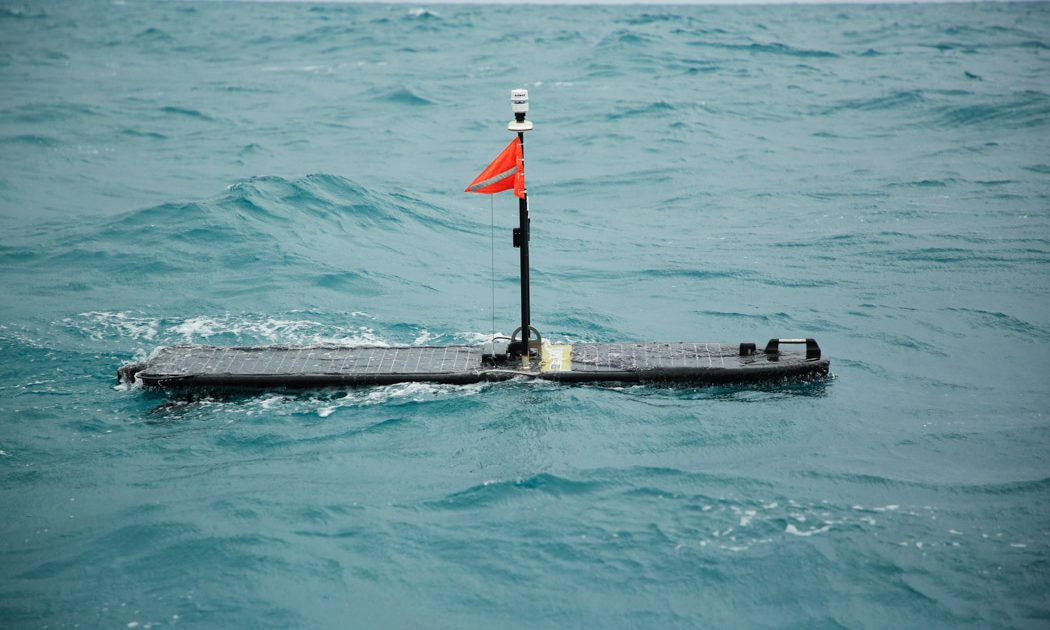The Australian Institute of Marine Science (AIMS) in partnership with Boeing, has demonstrated how a high‐tech autonomous ocean vehicle can improve monitoring of the Great Barrier Reef and coastal waters.

A recent seven‐day trial saw the vehicle cover 200 nautical miles of the central Great Barrier Reef, in what is the first major milestone of a five‐year joint research agreement between AIMS and the world’s largest aerospace company.
The vehicle called Wave Glider, developed by Boeing subsidiary Liquid Robotics, was deployed at the Great Barrier Reef to help assess the health of the coral reefs and ecosystems. Powered by waves and sun, the vehicle provided continuous, real‐time environmental ocean data using a suite of on‐board sensors and software. As it travels along the ocean’s surface, its measurements can include weather, wave heights, water salinity and pH levels, chlorophyll and more.
AIMS head of Data and Technology Innovation Lyndon Llewellyn said researchers were still analysing data captured by the high-tech vehicle. “We are impressed with the number of different measurements it could conduct at the same time and its ability to transmit the data back to our base immediately and reliably while navigating and performing its mission,” Dr Llewellyn said.

Dr Llewellyn said the technology allowed science to measure atmosphere and water over long periods of time because the vehicle could operate at sea for several months at a time while following a programmed course or being piloted remotely.
“It was quite extraordinary how the Wave Glider remained on its planned mission,” Dr Llewellyn said. “It went where it was told to and it stayed the course like an orienteering champion.
“The Wave Glider technology will be an important tool to advance our mission to better monitor the Great Barrier Reef.”
Because of its autonomous nature, Wave Glider frees up human resources to focus on science and not the logistics of collecting data.
Boeing Autonomous Systems vice president and general manager Chris Raymond said; “Boeing and our Liquid Robotics team are proud to support AIMS in its mission to monitor the health of the Great Barrier Reef.
“The demonstration proves how autonomous systems like our Wave Glider can improve upon human‐based environmental data collection methods while also being safe and affordable,” Mr Raymond said.


